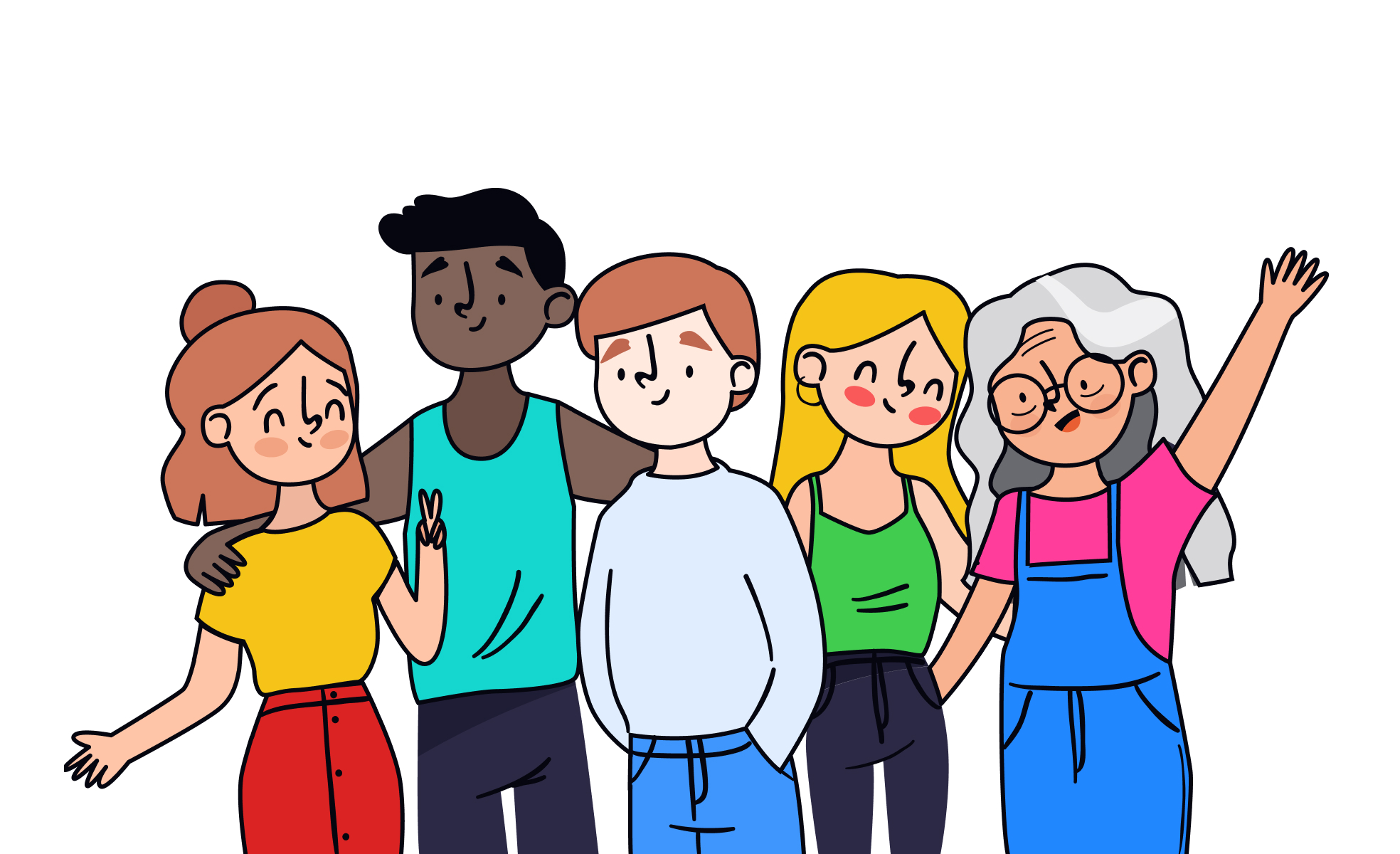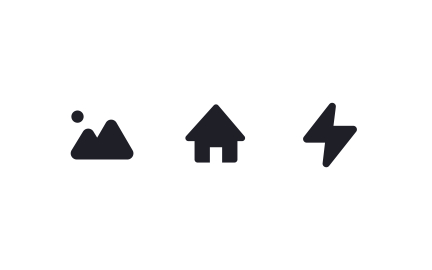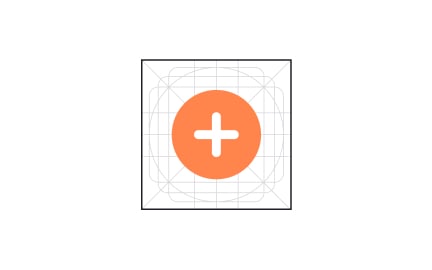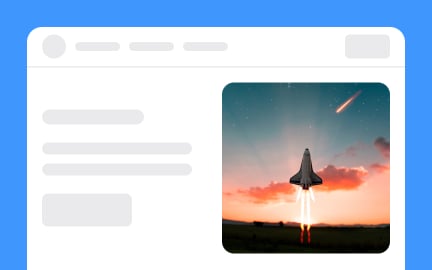Illustration
Illustration brings brand personality and visual clarity to digital products, helping communicate ideas, guide users, or build emotional connection.

What is Illustration?
Your content feels flat and forgettable, even though you've spent weeks crafting perfect copy. You've probably noticed competitors with engaging visuals that somehow make complex topics feel approachable while your text-heavy pages struggle to hold attention for more than a few seconds.
Most businesses treat illustration as decoration when it's actually a strategic communication tool that can increase engagement by 300% and improve comprehension by up to 65%.
Illustration is the strategic use of custom visual storytelling through drawings, graphics, and artistic elements to clarify complex concepts, guide user emotions, and create memorable brand experiences that connect with audiences on both logical and emotional levels.
Well-executed illustration doesn't just make content prettier. It makes difficult topics understandable, builds emotional connection with your brand, and can increase conversion rates by 25-40% compared to stock photography alone.
Consider how Mailchimp's quirky illustrations make email marketing feel friendly rather than corporate, or how Dropbox uses simple drawings to explain cloud storage concepts that would otherwise require paragraphs of technical explanation.
Why Illustration Matters
Your carefully researched content gets ignored because it looks like every other company's corporate website. Users scan your pages for 8 seconds before leaving, and your complex value propositions never get the consideration they deserve.
The cost of visual mediocrity compounds daily. Companies like Slack found that generic stock photos decreased brand memorability by 40% compared to custom illustrations. Users can't tell one company from another when everyone uses the same stock imagery.
What strategic illustration delivers:
Enhanced comprehension because visual metaphors make abstract concepts concrete. Technical teams report 50-70% improvement in user understanding when complex processes are illustrated rather than just described textually.
People process visual information 60,000 times faster than text. When you can show someone how your product works instead of telling them, they understand immediately instead of having to work through paragraphs of explanation.
Stronger emotional connection through visual storytelling that resonates with specific audience challenges. Custom illustrations show you understand your customers' world rather than using generic imagery that could represent any business.
Stock photos of people in suits shaking hands don't tell your specific story. Custom illustrations can show exactly how your product fits into your customers' daily workflow, making the value proposition immediately clear.
Distinctive brand personality that competitors can't easily copy. Unlike stock photos that appear across multiple websites, custom illustrations become uniquely associated with your company.
Your illustration style becomes part of your brand identity. People see your visual approach and immediately know it's you, even before reading your company name.
Improved content performance across all channels. Illustrated content gets 30x more social shares than text-only posts, and illustrated landing pages typically see 20-35% better conversion rates.
Global accessibility because thoughtful illustration transcends language barriers and cultural differences more effectively than photography or text alone.
Illustrations in design are visual representations created to convey ideas, concepts, or stories. They are graphical elements that are typically hand-drawn or digitally created to add visual interest and enhance the communication of information. Illustrations can take various forms, including stylized drawings, cartoons, infographics, or complex artworks. They are widely used in graphic design, web design, advertising, children's books, and other creative mediums to engage and captivate audiences.
Illustrations offer several benefits in design projects:
- Visual storytelling: Illustrations have the power to convey narratives, emotions, and messages in a captivating and engaging way. They can enhance storytelling and evoke specific moods or atmospheres.
- Enhanced visual appeal: Well-crafted illustrations add a unique aesthetic quality to a design, making it visually appealing and distinctive. They can help brands stand out, create a memorable identity, and leave a lasting impression on viewers.
- Simplified communication: Complex ideas or information can be simplified and made more accessible through illustrations. They enable designers to break down complex concepts into visual representations that are easier for users to understand and engage with.
- Brand consistency: Custom illustrations allow brands to establish a consistent visual language and reinforce their unique identity. By incorporating illustrations that align with the brand's style, values, and messaging, designers can strengthen brand recognition and create a cohesive experience.
- Emotional connection: Illustrations have the potential to evoke emotions and create a sense of connection with viewers. They can convey personality, humor, empathy, or playfulness, fostering a deeper engagement with the design and the brand it represents.
When selecting illustrations for a design project, consider the following:
- Purpose and context: Determine the intended purpose of the illustration and the specific context in which it will be used. Consider the message, audience, and overall design objectives.
- Style and tone: Choose an illustration style that aligns with the desired aesthetic and mood of the project. Consider factors such as realism, minimalism, whimsical, or abstract styles, and ensure it complements the overall design.
- Consistency: Maintain consistency in the style and visual language of the illustrations used throughout the project. This helps create a cohesive and harmonious design.
- Relevance: Ensure the chosen illustrations are relevant to the content, message, or theme being conveyed. They should effectively support and enhance the intended communication.
- Collaboration: If working with an illustrator or graphic designer, collaborate closely to ensure the illustrations meet the project's requirements and align with the design vision.
Recommended resources
Courses

UX Design Foundations

Design Terminology

UI Components I
Lessons
Projects
Notion Halloween Icon Set

Pride Month UX/UI case study















